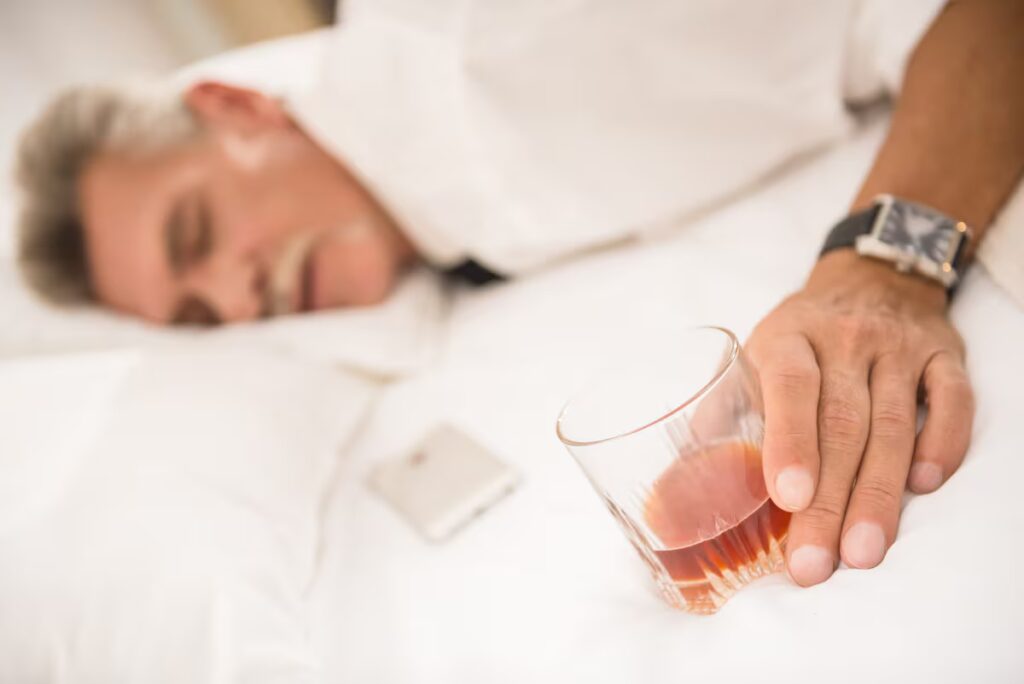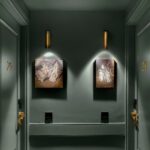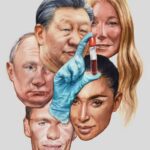Table of Contents
ToggleUnderstanding Social Apnea: A New Insight into Weekend Sleep Disorders
Most individuals can relate to hangover symptoms like throat anxiety, headaches, and fatigue, yet they might not recognize the underlying cause. A recent study has shed light on “social apnea,” a phenomenon affecting sleep patterns during weekends.
What is Social Apnea?
Researchers from Flinders University in Australia define social apnea as a variation of sleep apnea, a disorder characterized by repeated interruptions in breathing during sleep. The term “social” is used to highlight environmental triggers such as alcohol, smoking, and irregular sleep habits that increase during weekends.
Study Overview
Published in the American Journal of Respiratory and Critical Care Medicine, the study analyzed data from over 70,000 participants across 23 countries over three years. It aimed to tackle the under-diagnosis of sleep apnea, as up to 80% of affected individuals remain unaware of their condition.
Real-Life Data Collection
Traditionally studied in controlled laboratory settings, this research utilized modern sleep-tracking technologies, including apps and specialized mats under mattresses, to gather data in natural environments where individuals often engage in drinking and smoking, particularly on weekends. Remarkably, a significant increase in apnea occurrences was detected during weekends.
Key Findings
According to primary author Lucía Pinilla, a biotechnologist from Zaragoza, Spain, sleep apnea probabilities soared by 18% on Saturdays compared to Wednesdays. This trend was consistent across different demographics, although men showed a higher susceptibility (21%) compared to women (9%). Additionally, individuals under 60 faced a 24% increased risk during weekends.
Lifestyle Factors
While the study did not analyze specific causes, lifestyle choices seem to play a crucial role. Previous research indicates that alcohol consumption can heighten the likelihood of apnea by 25%. Tobacco use has also been linked to increased apnea instances, making it one of the major risk factors along with age and obesity.
Expert Perspective
Dr. Irene Cano, a pulmonologist specializing in sleep medicine at Madrid‘s CISNe Clinic, approved of the study's findings, noting an uptick in sleep apnea consultations following periods of irregular sleeping habits and increased alcohol consumption. She emphasized the value of the extensive data set and the importance of considering night-to-night variability for accurate diagnosis.
Implications for Public Health
Pinilla asserts that the study's findings could enhance public awareness of a pervasive health issue. Previously, sleep apnea diagnosis often occurred during weekdays, neglecting the weekend influences that may exacerbate the condition. This oversight can lead to significant health repercussions, such as cardiac risks and decreased quality of life.
Social Jet Lag and Its Consequences
The study highlights that changes in sleep schedules—such as staying up late on weekends—can aggravate sleep apnea symptoms. Termed “social jet lag,” this phenomenon impacts sleep quality significantly. For instance, sleeping 45 minutes longer on weekends increases the risk of worsened apnea by 47%, suggesting that maintaining a consistent sleep schedule is beneficial.
Seasonal Variations in Apnea
Additionally, the research observed seasonal variations affecting apnea severity, peaking during summer and winter months. Higher temperatures during summer can lead to lighter sleep phases, increasing apnea instances, while extended sleep durations in winter correlate with more frequent REM sleep episodes, further exacerbating symptoms.
The Global Impact of Sleep Apnea
Sleep apnea is a common disorder affecting approximately one billion people worldwide, characterized by repeated collapses of the respiratory tract during sleep. Untreated cases can lead to severe health complications, including cardiovascular diseases and cognitive decline. Therefore, early detection and diagnosis are critical.










